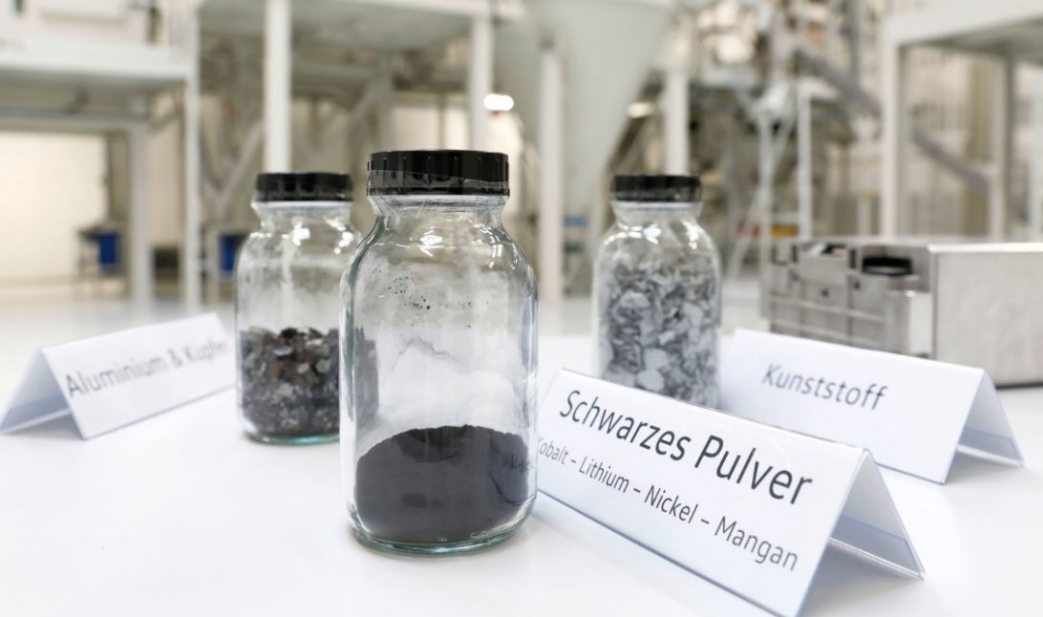Germany – Industrial and academic partners intend to demonstrate that the most valuable components of traction batteries may be recovered and reused numerous times in a row through recycling.
The HVBatCycle research consortium aims to keep cathode metals, electrolyte, and graphite in a closed material cycle at all times (closed loop). TANIOBIS GmbH, J. Schmalz GmbH, and Viscom AG have been working with researchers from RWTH Aachen University, TU Braunschweig, and the Fraunhofer Institute for Surface Engineering and Thin Films (IST) for three years to research and develop the necessary processes under the leadership of the Volkswagen Group. The Federal Ministry of Economic Affairs and Climate Action is funding the project.
Multiple recycling and a closed raw material cycle
Essential raw resources must be retrieved not once, but multiple times in order to consume less materials from primary sources such as mines or salt flats. To this aim, battery cells constructed from recycled materials are recycled once again, demonstrating that several recycling operations have no effect on material quality. Closing the circle necessitates multifaceted processes. To create sorted and high-quality secondary materials under the strictest safety criteria, all processes must be coordinated with one another for effective and environmentally and economically sensible recycling. This is about scalability and, more specifically, economic efficiency.
Secondary materials
The consortium project focuses on the mechanical-hydrometallurgical recycling approach, which is characterized by low energy requirements and the ability to distribute specific recycling operations around Europe in a very simple decentralized manner. This encourages a local circular economy and ensures the supply of strategically essential raw commodities, reducing Europe’s reliance on other parts of the world. The HVBatCycle project aims to identify efficient methods and innovative solutions that ensure the establishment of a high-efficiency end-to-end value chain while also maximizing recycling and energy efficiency and reducing environmental impact.
A demand-oriented – that is, economically optimized – discharge and a largely automated deconstruction of deteriorating battery systems down to the cell or electrode level are two concrete innovative development techniques. This involves recovering graphite and extremely volatile electrolyte components as well as practically loss-free separation of active material and carrier foils.
The focus of the subsequent hydrometallurgical processing of the “black mass,” which consists of graphite and battery metals, using water and chemical solvents, is on early and selective lithium extraction in soluble form, as well as leaching, precipitation, and refining of contained metals as a mixed hydroxide concentrate. It will be explored whether the separation of metal compounds is indeed necessary to manufacture new, totally high-performance cathode material in combination with the revised material synthesis of cathodic active material.
The goal of the electrolyte and graphite processing research is to demonstrate, via the development of appropriate procedures, that critical electrolyte components and graphite may be efficiently processed and reused in battery-suitable quality in cell manufacture. Every phase of the process is supported by a life cycle analysis that looks at the environment and the economy as a whole.




